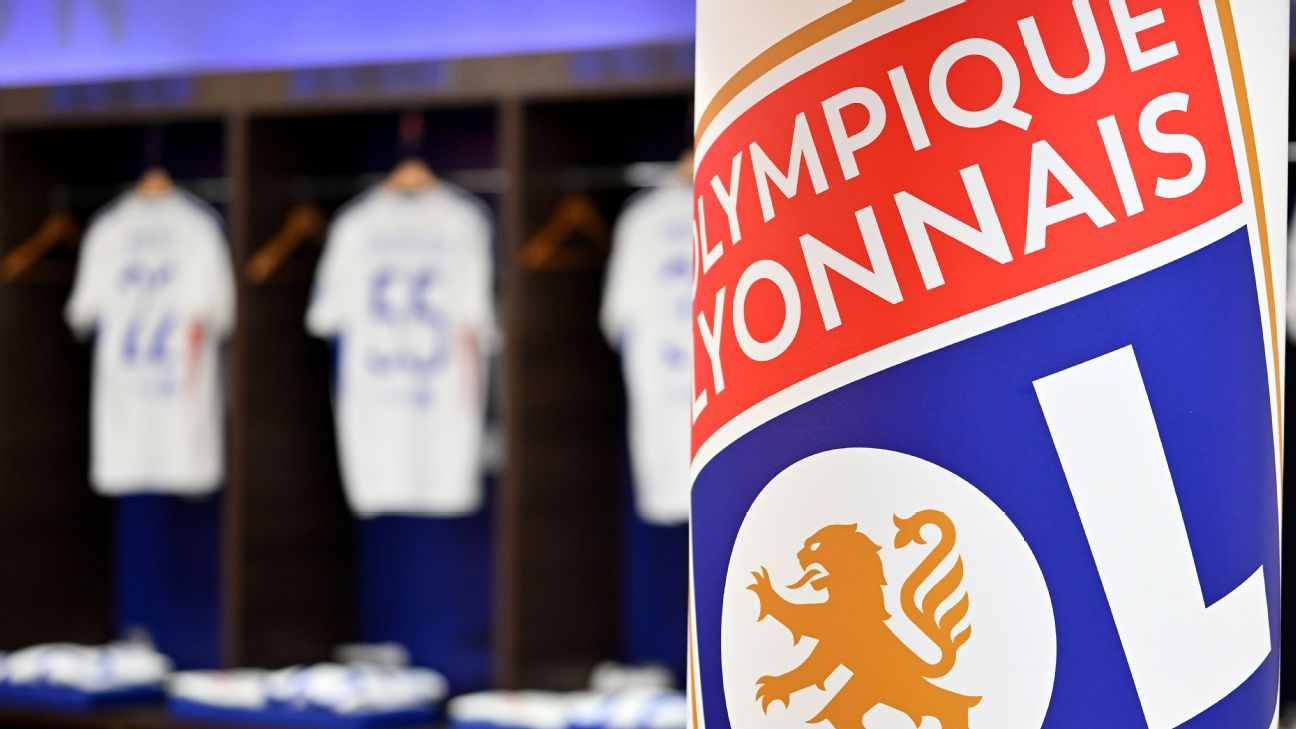
Alex Teuten has run for Britain but never been drug tested. As an organic chemistry PhD student he believes more testing should be done at grassroots level
A lot of discussion has taken place about doping in sport, with athletics being no exception. Indeed, it is never far from the headlines, with a new scandal appearing on a near-weekly basis. But what is it that athletes take to enhance their performances and what can be done to prevent athletes breaking the rules?
As an organic chemistry PhD student, I like to think I am something akin to an authority on this topic. Certainly, it is a keen interest of mine. Knowing the biochemical pathways involved in exercise and movement is undoubtedly an advantage; it makes progress less of a chance occurrence and more of a rational process. Not that I would ever consider taking performance-enhancing drugs – in fact this article is an exercise in whistleblowing to hopefully increase awareness of the otherwise grey area.
The human body is complex, with many biological pathways recruited as part of engaging in sport. As such, compounds that can lead to a performance advantage are hugely diverse. The World Anti-Doping Agency (WADA) categorises these compounds into groups and each category is non-exhaustive, owing to the fact that there are many compounds structurally similar, or produce similar biological effects to another banned substance, which needs to be accounted for.
A list of substances and methods is maintained by WADA, as a convenient online document. Any pharmacological substance (that is, one that could not reasonably be construed to originate from diet) that does not have a therapeutic use is not allowed. As such, a therapeutic use exemption (TUE) needs to be granted to any athlete using a substance on medical grounds to treat an existing ailment, approved by a doctor affiliated to the country the athlete represents.
Historically, the most widely known substances to target performance enhancement are anabolic agents (steroids), which promote growth and repair of tissues, or inhibit/up-regulate biological processes (usually involved in development and are integral to the human puberty process) that have the secondary effect of performance enhancement. These substances can either be exogenous (not produced naturally by the body) or endogenous (one that is), although their biological effects rarely differ.
The case of Caster Semenya centres on her naturally high testosterone levels, which has been ruled to produce an unfair performance advantage. As a result, she and others will be forced to switch to events longer than the mile to “minimise this effect” or undergo therapy to lower it.
Substances categorised as “peptides, growth factors, mimetics and related substances” by WADA, enhance or inhibit key pathways, such as increasing red blood cell proliferation, among other processes. Erythropoietin (EPO) is categorised here and remains one of the most widely-used methods of doping, including by disgraced American cyclist Lance Armstrong.
The third class of substances are the beta-2 agonists. The primary effect of these is to relax smooth muscle in the airways although other effects of these agents are known. British cyclist Chris Froome was subject to an anti-doping inquiry relating to a urine concentration of salbutamol higher than the permitted dose, which was later dropped owing to the discovery that a malfunction of his kidneys led to delayed excretion of the drug and that his dose (granted as a TUE) was within the permitted limit.
Metabolic and hormonal modulators modify the effects of hormones and accelerate or slow down specific enzyme reactions, similar to anabolic steroids but with more specific biosynthetic pathways than growth. One such substance is Meldonium, which is known to dilate smooth muscle in arteries, increasing blood flow within them. It was the use of this substance without a TUE (which prior to 2016 was not required) that led to Russian tennis player Maria Sharapova’s suspension.
The final illegal class of substances is masking agents (including diuretics), which can conceal the presence of other illegal substances and/or distort the results of a urine test (which are concentration dependent).
The substances above are considered illegal at any point in time for an athlete and so out-of-competition testing is used to ensure athletes do not take them. Within competition, there are additional substances that are prohibited, including stimulants (beyond a permitted dose), narcotics, cannabinoids and glucocorticoids. Stimulants maintain a mental state of alertness and suppress the feeling of fatigue, which is advantageous and therefore illegal.
Narcotics and glucocorticoids provide pain-relief (among other effects), which masks the effects of exercise and can be deemed to be advantageous. Cannabinoids have various effects, some of which can be construed to be performance-enhancing. In any case the use of cannabis and related substances is illegal whether within athletics or not, so this is likely to be simply an extension of this in promoting a safe and legal sport.
Along with substances, WADA also prohibits certain processes that can constitute doping. These include blood doping, artificial uptake, transport or delivery of oxygen (except supplemental oxygen by inhalation as part of a medical procedure), tampering/ substitution of blood or urine samples, intravenous infusions (commonly known as a saline drip) and cell or gene doping.
Blood doping can be either autologous (where the athlete’s own blood is removed and re-administered once normal volume is restored) or homologous (using a different person’s blood, but with the same blood type). Autologous blood doping has been the most challenging form of doping to detect, but new methods now utilise indirect biomarkers such as total haemoglobin mass measurements, along with detection of metabolites of plasticisers found in the blood bags.
A key part of anti-doping control is the use of “biological passports” for athletes. This is an electronic record in which an athlete’s main biomarkers (key endogenous compounds found in the blood) are collated over a period of time. Biological passports have proven to be a very reliable method in detecting whether an athlete has taken an illegal substance or not, as their biomarkers will shift beyond the permissible limits. This largely circumvents the previous problem of needing to detect new performance-enhancing compounds, for which there was often a lag of several years between the availability of a new drug and the application of an effective detection method.
The challenge of such detection methods is accessibility and cost. Most are only conducted for major events and competitions and such a level represents the tip of the iceberg, leaving a larger proportion of the sport that is not scrutinised as intensely. Indeed, I have never been subjected to a test – whether out of competition or not – which poses the obvious question as to how many cases of grassroots level doping have gone undetected and what are the implications of this?
Some may argue that it is insignificant at this level or below. However, I feel that it counters the principal that this is a fair and clean sport. Participation in the sport is vast and so the effects of a few dopers would affect a huge number. Many athletes vying for a career in the sport might be unfairly deprived of both fame and income. It is why I believe more should be done to combat doping at all levels.















 Phone: (800) 737. 6040
Phone: (800) 737. 6040 Fax: (800) 825 5558
Fax: (800) 825 5558 Website:
Website:  Email:
Email: 






